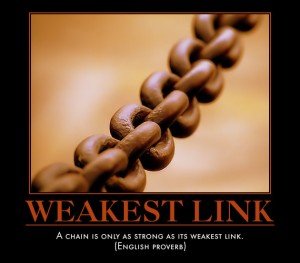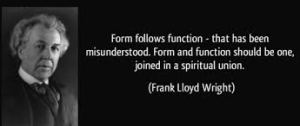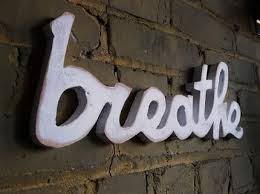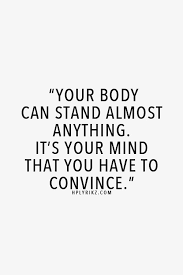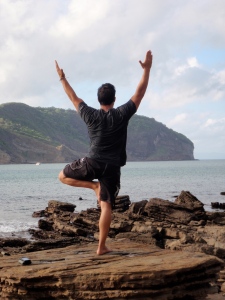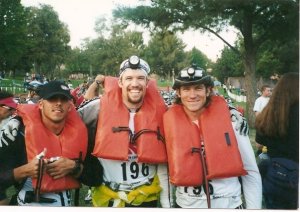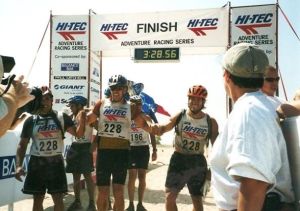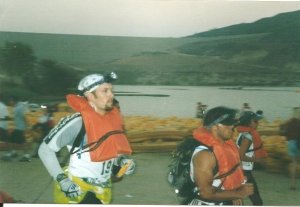Here is a link to article I wrote on the Plank and its twin sister Mountain Pose aka Tadasana. Understanding the mechanics and principles of these movements will help clear up many common dysfunctional movement patterns and help hone skills that apply in additional movements. Coordination, synchronization, linkage, connection, etc. are all key to understanding the body and how the fascial structure works together through joints and muscles. For more info please open the PDF Link below.
Case Study-Hamstring Strain
Below is a Case Study related to a Hamstring Strain. Included is SOAP and OPQRST plus notes on the subject about progression.
Why Iyengar Yoga is Perfect for Athletes
What is Iyengar Yoga
In short Iyengar yoga focuses on proper form and alignment of the body in yoga Postures. It incorporates tools such as blocks, straps, blankets and more to help people find their optimal position. In addition, more advanced practitioners of the practice are further instructed on breathing principles which are keys to deeper effects within the practice.
What you need to Know
Think of this a deep and prolonged stretching series that focuses on increasing flexibility, range of motion and overall muscular balance to the body. Most athletes suffer in some form or another in all 3 of the above. The Iyengar practice is an active practice where the athlete uses the bodies innate kinesthetic, anatomical and bio-mechanical principles to effectively stretch the body. While the postures make appear to be static they are far from. Using the concept of reciprocal inhibition and contract/relax such as in PNF techniques, the individual is meant to pay attention to the finer details and actively create the posture.
Athletes Do Not Need Another Workout
Athletes do not need more workouts therefore practices such as Vinyasa, Power or Bikram Yoga are not suited for their needs. All athletes have specific needs and it is important to provide them with the postures that suit. In the Iyengar system, the Teacher can pick the appropriate postures to address the needs. In addition, the deeper and more prolonged stretching will help to active the parasympathetic nervous system creating a relaxing feel and a gentle active recovery.
Conclusion
Athletes in general need far more specific work, much greater attention to detail within the work and generally simpler not more complex movements and instruction. We as Coaches and Sports Medicine Practitioners do not need to step beyond the basics to effectively address the challenges 95% of the Athletes and People we treat face in the Orthopedic side. Any movement provides the opportunity to be therapeutic, it is our ability to effectively teach and translate to the individual and their ability to do as asked that often determine the success. Iyengar Yoga is a system that allows us Practitioners to put our Athletes in positions that address common issues.
Components of Training, Forming a Strong Foundation
Progression:
Elite level athletes follow the simple concept of progression. If your not progressing your digressing and in the world of athletics and in general this is a bad idea. Tudor Bompa does a fantastic job teaching how to program a progressive program for optimal performance. He gives you the framework and concepts. Additionally, it is my professional opinion that the conjugate method is the best for the majority of athletes who are in the lifting world of sport and athletics. This system was Developed and fostered in the old Soviet Union and popularized for good reason and measure by Louie Simmons of Westside Barbell. As the old saying goes, the proof is in the pudding, in this case the numbers. We must plan and execute for success and in order to do this we must have a system in place that addresses our strengths and weaknesses with the overall goal in mind. Progress does not happen by guessing and hoping, it is determined with an overall picture of the goal and the work that needs to be done to get there.
Simple & Short Series of Movements To Stretch The Psoas
This series is a great series for stretching the Psoas. The key is how we use the body in the series to strengthen and stretch the hips as a whole. Often times the gluteals, in particular the Gluteus Maximus is ineffective at doing its job. In this series it is crucial that the Gluteus Maximus performs properly in order to help release the Psoas. This relationship is crucial for the hips in terms of Bio-Mechanics and healthy function. So, we are not only ‘stretching’ but we are strengthening as well. Most important a consistent practice and use of these methods will help develop the all too important neuro-muscular coordination and function of the hip complex and more.
What you may also notice is mention of the core, the concept of squeezing the legs together, the use of the Lats and more. These are crucial concepts for proper function of the body on the whole. Yoga and this practice is Physical Therapy. Practice this and your body will thank you. Some of the concepts may seem esoteric therefore finding a good Yoga teacher may be helpful.
IT Band Stretch Series
Below is a link to a series of 4 stretches for the IT Band. In addition to doing SMR (Self Myofascial Release) via the foam roller, these stretches will help address the typical tightness and imbalance of the IT Band.
First do your foam roller then follow with this series. Additionally, work to the get the Quadriceps online in particular the Rectus Femoris. You can accomplish this by doing simple contract and relax movements such as Squatting or lunging actions. When in the standing position of either move, focus on contracting the Rectus. Do this is a slow fashion to be certain the muscle contracts, you can enhance this by providing tactile feedback aka touch the Rectus.
Why I Train, A 40 year olds Shifting Perspective
I suppose this is an honest question worth asking myself, especially at 40. Maybe even more so why do I train the way I do which includes following a structured plan (albeit with room for play and learning new things), with a focus and intensity aimed at improving, and as an integral part of my existence.
Incremental Progress
Incremental Progress
Long ago I learned the value of incremental progress. A process requiring patience and attention to detail. Incremental progress takes the approach of having a plan with an end sight in mind.
For example: In the sports of Power and Olympic Lifting competitive athletes know the exact dates of their meets and their current numbers. Within these 2 key aspects of the plan in place, the athlete will plan from the meet date to the first day of the new cycle aimed at prepping them for the meet. For instance if they have a meet in June and it is currently January, the athlete will start their plan from the June Meet Date and look backwards all the way to the current January start of the cycle.
In this example the athlete knows the numbers they currently have, approximately the numbers they should achieve at the meet and the time frame. Certainly we can call this a goal but it goes beyond just having a goal. For these athletes they have spent time day in and day out training making incremental progress towards this day. Often the next meet is not their last but a stepping stone to their next. Along the way the focus on a planned an incremental progress. Along with their coach they have a damn good idea of what each day from January 1st to June 1st will look like in terms of their training including exercises, weights, sets, reps, rest, nutrition, sleep, etc. at least on an elite level.
In my experience and through my training we focus on making incremental progress. In Kettlebells it may be a 1 size increase in bell week by week for 4 weeks, an increase of 1 set per week or even 1 rep per week during that 4 day period. It depends on the movement and overall goal.
In Olympic Weightlifting it may be 1-5 kg from week to week within a movement complimented by a proper adjustment of sets, reps and volume. Typically as the weight increases the sets and reps decrease as a whole, the law of supply and demand and an inverse relationship.
The point is do not rush your training, do not feel as if each time you need to test your limits. Instead focus on building brick by brick, layer by layer, making incremental progress. Schedule and plan back off days and weeks. This applies to all athletes not just elite and probably even more so than those whom train hard while working a regular job and having a life where their sport does not pay them in money but in other more intrinsic rewards.
The Elite perform as such not because they hammer or grind or crush or push and test but through incremental progress and intelligent design. It is fine to push, grind, hammer, test, etc. but have prepare for it so when you do you set a new PR and have something to build off of, a foundation moving forward
The Art of Happiness
The Art of Happiness
- Discover your passion
- Find a way to express and live your passion
- Find meaning in your work and life
- Be generous, often finding passion in work that helps others brings more joy to your own life
- Find joy, smile and laugh
- Be compassionate, place yourself in the shoes of others and see life through their lens. This will often provide clarity and perspective and this will lead to a great understanding, empathy and compassion. This is similar to the concept of non judgement but in my thoughts an easier way to conceptualize and integrate.
- Be grateful and make the most of out lives everyday opportunity (refer to the above)
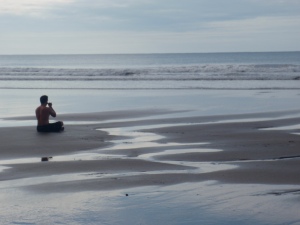
- Meditation is a form of absorption. It is being so consumed by what we are doing in the moment that all else ceases to exist. I would surmise that many of have experienced this. I know as a practitioner of yoga, an athlete, a doctor and a coach I have felt this many a time. One instance that stand outs was my first ever rock climbing experience in Joshua Tree. Scared, sweating profusely and filled with negative self talk there were 2 distinct moments when all ceased to exist, I consumed and at peace, my mind quiet, my breath at ease and I was able to take it all in. I can still to this day relive this moment in my mind and body.
- Think Happy, See Happy, Breathe Happy, Be Happy, it is an attitude and state of mind. If we surround ourselves in our everyday lives with passion, meaning, empathy, generosity, laughter and gratitude we will find our peace and be happy.
This meditation and reflection came about from my current reading and listening.
Here are links to the 2 talks

